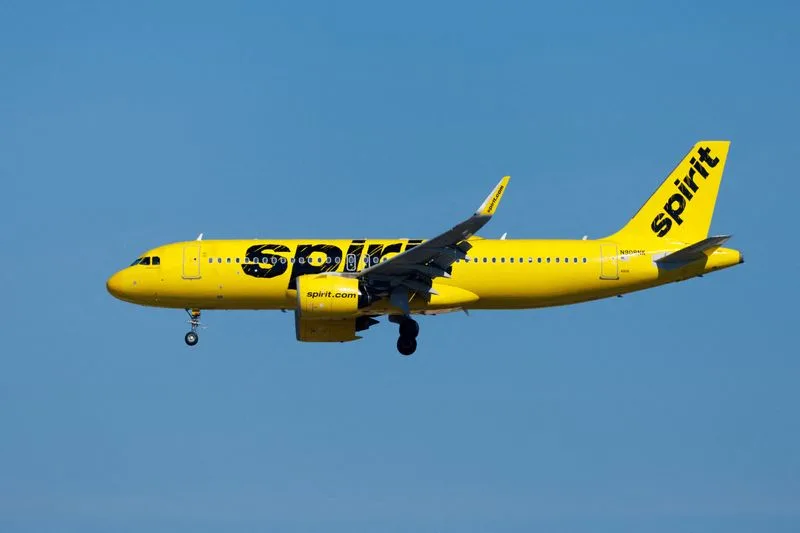Spirit Airlines, a trailblazer in ultra-low-cost air travel in the United States, has filed for bankruptcy protection, citing prolonged financial struggles, mounting debt, and a series of operational challenges.
The airline’s troubles worsened after the collapse of its $3.8 billion merger deal with JetBlue Airways earlier this year and issues with RTX’s Pratt & Whitney Geared Turbofan engines, which grounded several aircraft.
Key Developments
- Debt Reduction Plan: Spirit has reached an agreement with bondholders aimed at reducing its total debt and enhancing financial flexibility.
- Quarterly Losses: Despite strong demand for air travel, the carrier faced bloated costs that outpaced revenue, leading to consistent losses.
Spirit’s Evolution
Founded in 1964 as a long-haul trucking company, Spirit shifted to aviation in the 1980s and rebranded in 1992. Its business model, based on ultra-low fares with limited amenities, gained traction with budget-conscious travelers.
However, the post-pandemic travel boom has seen passengers opt for more comfortable experiences, impacting the demand for no-frills travel.
Industry Challenges
Spirit’s struggles highlight broader issues facing ultra-low-cost carriers:
- Shifting Consumer Preferences: Travelers increasingly prefer paying for added comfort and convenience.
- Post-Pandemic Market Realities: Budget airlines face rising costs, intense competition, and operational hurdles.
- Wall Street Skepticism: Analysts have begun questioning the sustainability of the ultra-low-cost business model in the current market environment.
Impact on the Airline Industry
Spirit’s financial woes and bankruptcy filing could signal further consolidation in the budget airline sector. It also raises questions about the viability of ultra-low-cost travel as customer expectations evolve.





